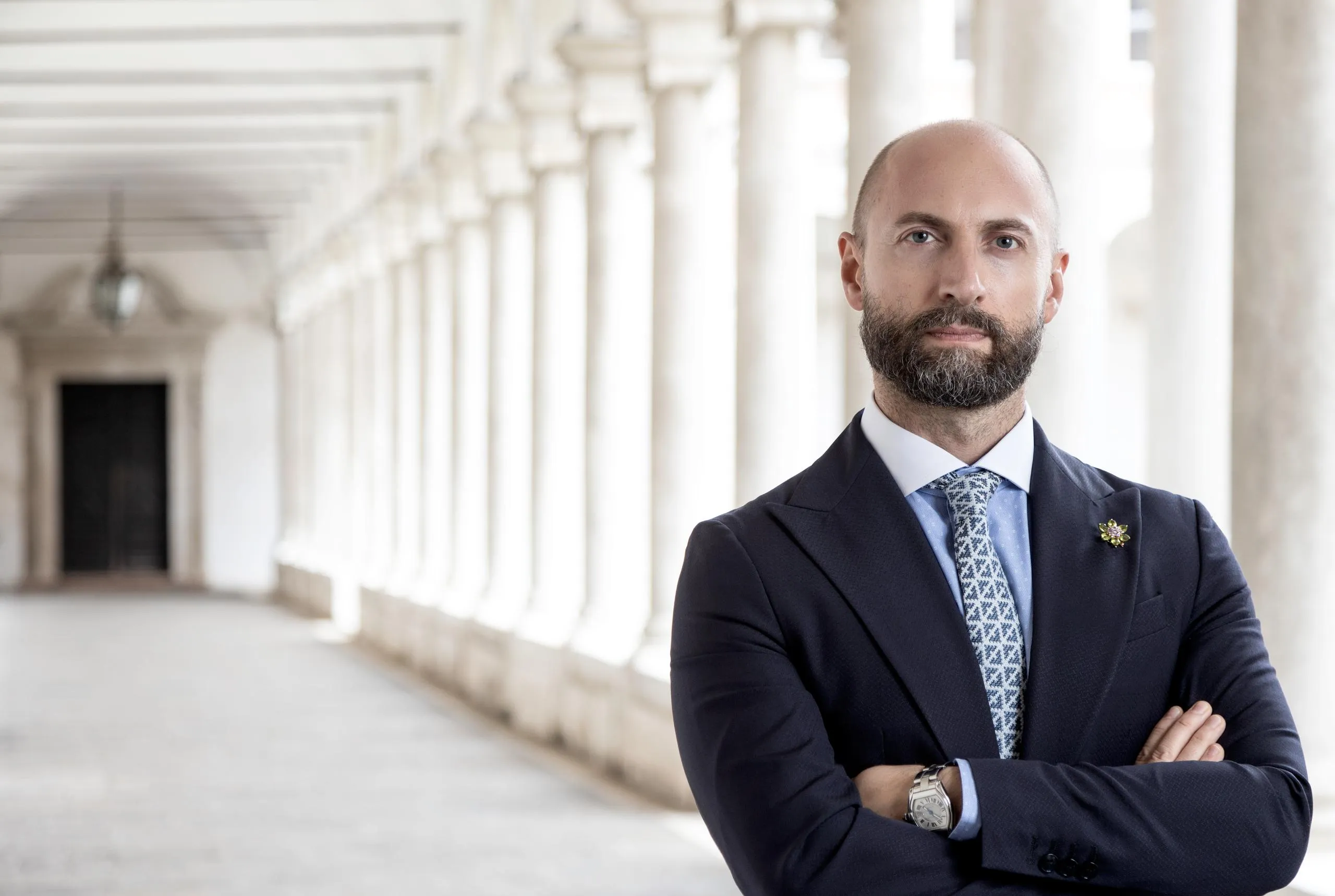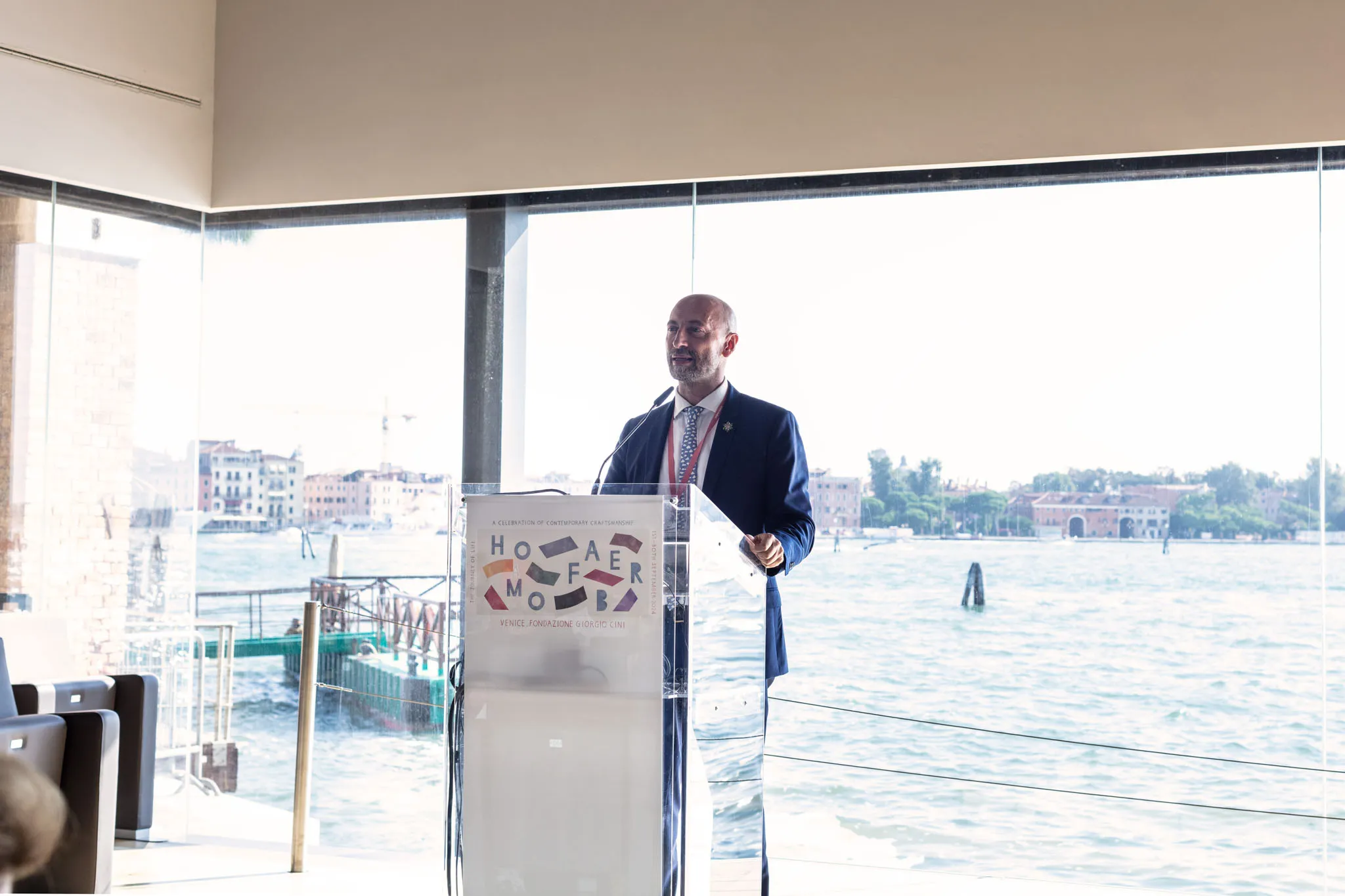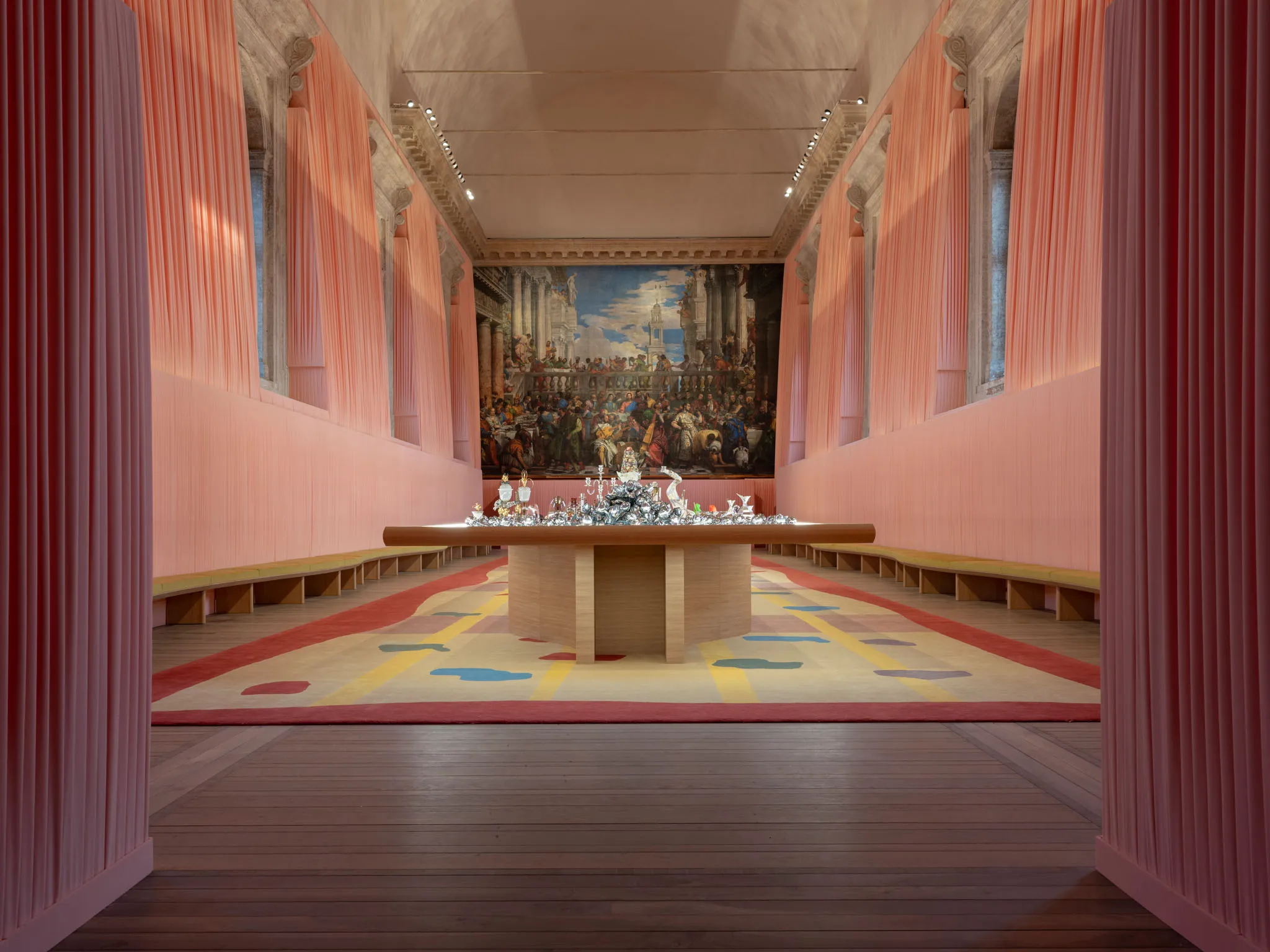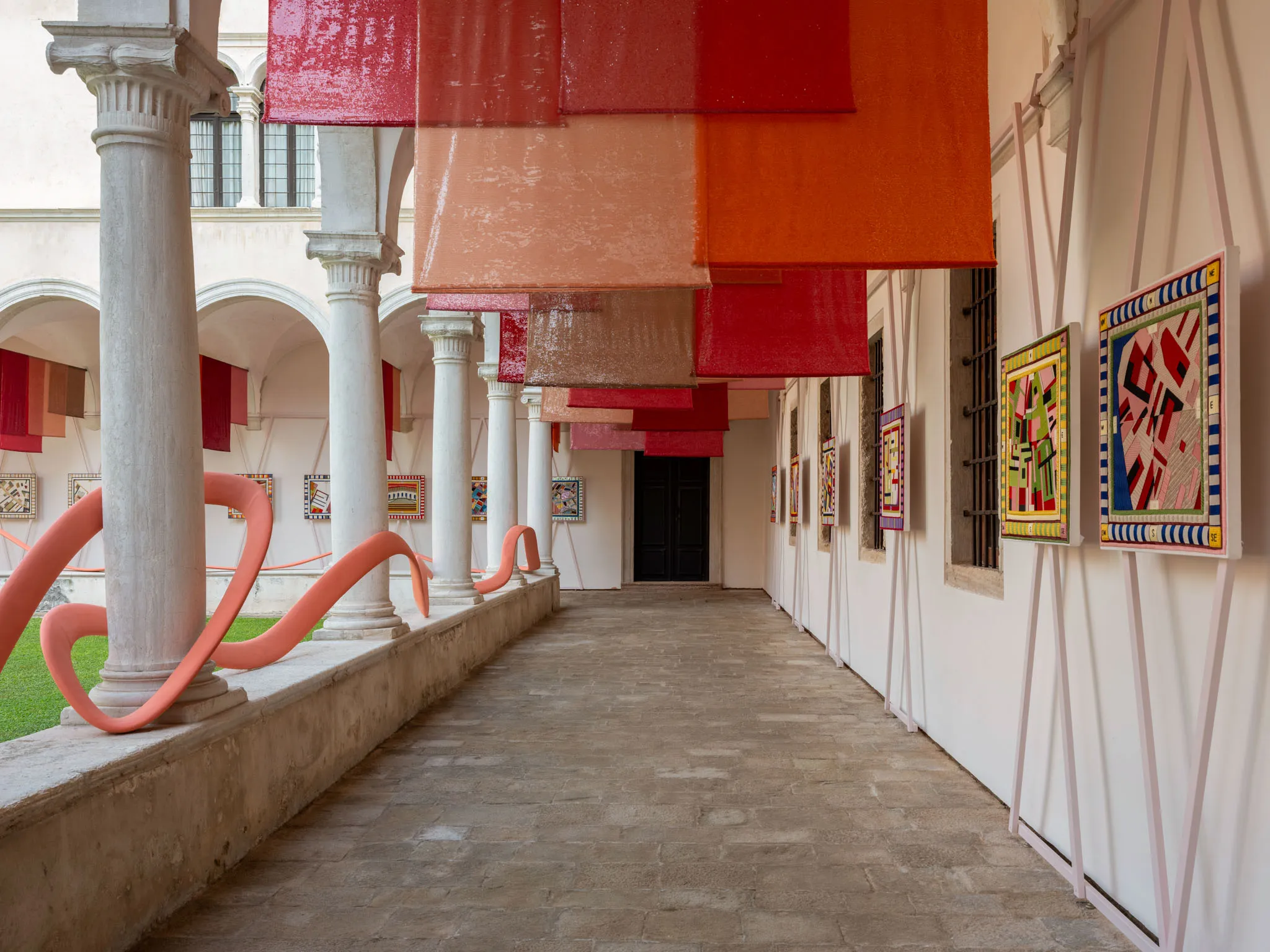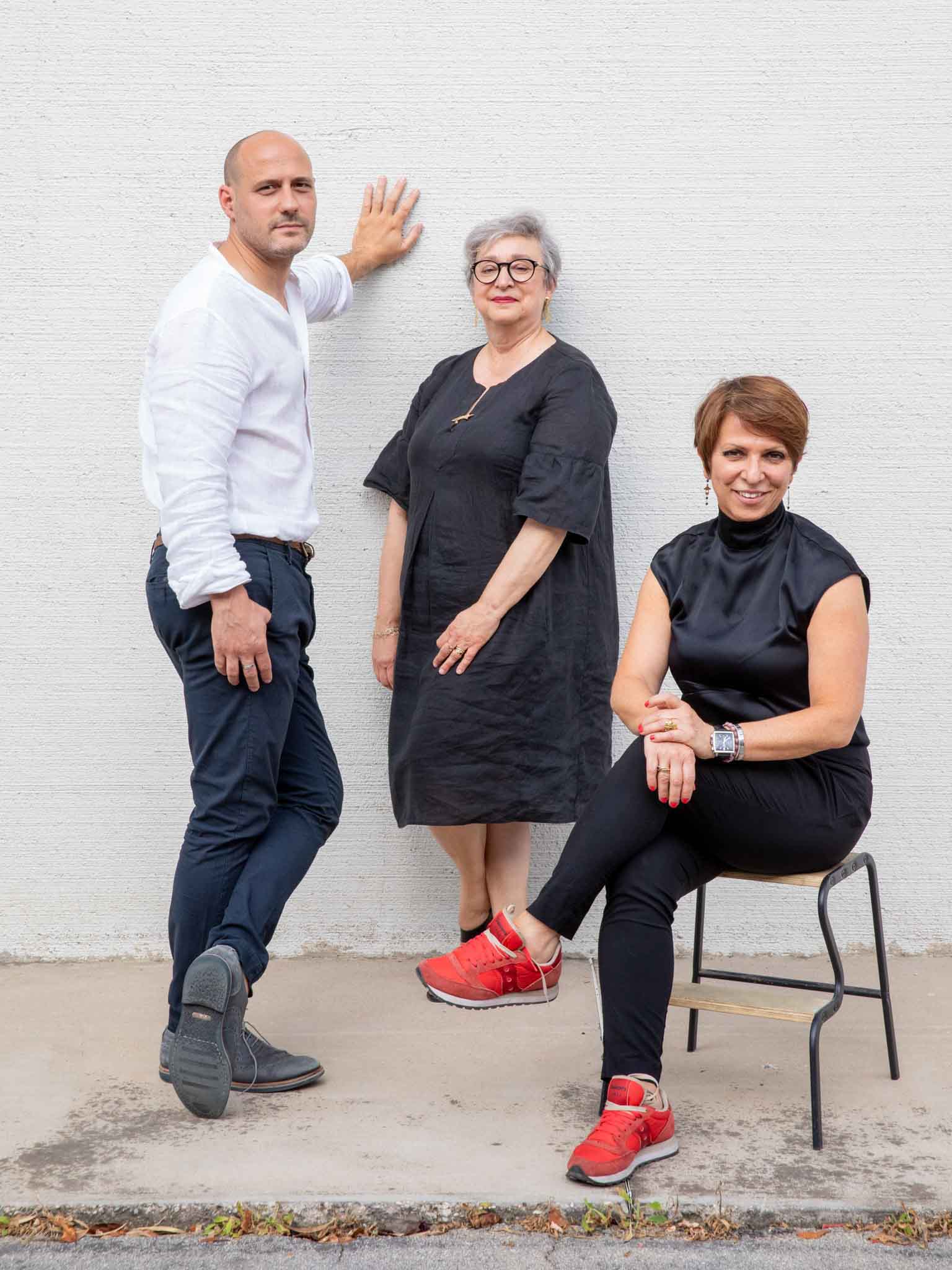At the institutional level, Japan and France are virtuous examples: what could be done in Italy?
In my opinion, two things are urgent. The first is to carry out an economic policy in which professions are at the center of the development of territories, as well as of the best made in Italy. We live in a country with important pharmaceutical, technological or metalworking companies, but we are also a country where beauty is produced. Economic policy must focus on the conscious development of these realities in all their territories, also to prevent the depopulation of areas that are instead rich in opportunities.
The second is to work on training. If she goes to France, to the École Boulle [a higher institute of arts and crafts, and applied arts in Paris, editor's note], she comes out with a heart that sings in wonder, but also with a heart that bleeds, because we in Italy have missed that train.
Something can still be done: we must have the courage to offer young people training opportunities. Expensive? Yes, but as Abraham Lincoln said: “If you think that education is expensive, try ignorance.”
You've talked a lot about both heritage and savoir faire, which are two themes that come back often in the contemporary debate. Would you say that these two things define luxury in design?
Yes, it makes sense when made in Italy is not just a geographical indication. Made in Italy makes sense if we build a story around this geography, or rather many stories. Made in Italy means care, prestige, heritage, a new look. It means to allude, with this concept, to that “sweet new style” that Bonagiunta Orbicciani talks about to Dante in the Divine Comedy. Italian style is sweet when you taste it, you experience it, and it's also new because it always surprises you. Of course, we are the country of tradition; but we are always looking for a way to change — without revolutionizing, but to seduce in a positive way. When it represents work that gives meaning to our lives — that is the Made in Italy that must be preserved and promoted.
We talked about the importance of training and of young people. Do you find that there is a difference in approach between old and new generations? In an interview that I read, he emphasized, for example, the centrality that the communication of his work has assumed.
Yes, there is a difference in approach, but also in awareness. The craftsman wants to work. But today he must also live up to the beauty of his work, and he must be wise in managing the company. And not all of us are good at doing everything. Miuccia Prada is a genius, but Patrizio Bertelli is with her. Valentino is also a genius, and he has always been supported by Giancarlo Giammetti. Dolce & Gabbana are complementary. Today, more than ever, it is important for artisans to realize that they are also an entrepreneur, a producer of culture, an ambassador for their territory. Precisely for this reason, when we finance training internships in Italy or abroad, we make them preceded by mini-masters, in which we give a few more tools to know how to manage your company, to know how to communicate and also to understand when you are unable to do it, and therefore it is necessary to call someone to help us.
In the Double Signature project, artisanal realities are combined with contemporary designers: who benefits more from this encounter, artisans or designers?
Let us try to ensure that the benefit is fairly distributed. Surely everyone benefits from the great visibility of Double Signature, which at each edition is visited by fifteen, sixteen, eighteen thousand people. We have a printed catalog, a dedicated website, an excellent press review. We have all the objects taken by a photographer, we also always have photos of the couples, and designers and artisans sign a contract to secure the intellectual property of the work. In short, let's try to do things right. So I believe that the benefits are fairly distributed; then it's up to everyone to capitalize on the relationship. As they say, “the bridge belongs to God and the steps belong to men.”
